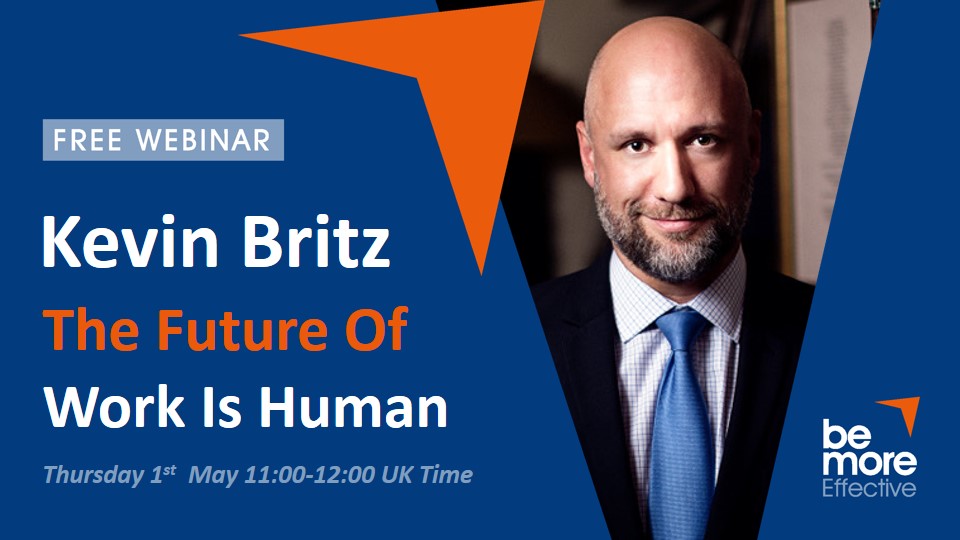It Takes Two to Tango

The expression, “It takes two to tango” refers to the mutual responsibility that two people share when something bad happens to them.
That’s a shame because a tango is a beautiful thing to watch. When done correctly, the high level of connection and coordination between the two dancers is quite remarkable.
Tango
The word tango means “two people” in Spanish, and the dance is performed by a couple each of whom mirrors the actions of the other.
It first appeared in Buenos Aires’ ballrooms in the early 20th century. It is a sensuous dance characterized by movements which are synchronized between the partners.
Although the man is obviously leading, he isn’t free to improvise. Like all dances in close quarters, it’s because his steps are predictable that the woman is able to follow him.
What that means is that two perfect strangers can perform this dance together successfully, even if they had only just met.
Sales call
That perfectly illustrates what happens when you make a sales call.
It may surprise you to learn, however, that it is the job of the sales person to follow; not to lead.
The person who drives the conversation is the one who has the problem; not the person with the solution.
In the past, sales people were in the habit of leading their prospects. They would do their best to persuade potential buyers that they needed whatever was being sold.
That’s no longer the case, at least not among those sales people who are the most successful. Those who sell the most are the best listeners.
They shape what they are selling so that it fits – hand in glove – with the problem the buyer is trying to solve.
If you as a salesperson fail to learn how to perform in this dance, you will step on toes.
Your job is to listen and to observe so that you know what happens next.
Buying signals
You’ll recall from your sales training days that buyers send out buying signals. When that happens, then you know that it’s time to ask for the order.
If we extend the dancing metaphor, then reading the buying signals correctly and asking for the order at the right time occurs when you and the prospect synchronize your steps.
Up until that point, neither of you is really sure what dance routine you’re trying to perform.
Amid the apparent chaos, it’s all too easy for the salesperson to try to take the lead.
The thing is that when you take the lead in the meeting, you also take over the conversation. Now the prospect is following you.
If no buying signals have been given, then you’re attempting to follow from the front.
Remember this: People like to buy. They don’t like to be sold.
That is, people like to choose to buy, but they don’t want someone else making that choice for them.
To be a good follower means that the other person has to be a good leader. (That’s not the same thing as saying that in order to lead, you must learn to follow. That is a popular, but false statement.)
Following can be a problem for a couple of reasons. One is that buyers seldom realize that they are leading the sale. They assume that it is the other way around.
Another reason is that they rarely know where they’re going.
They may have some idea of what they would like the end result to be, but generally they are unsure of the steps to get them there. And so that means that you have to know what steps they are likely to take and then to follow them, even if it’s all over the dance floor.
Sometimes this isn’t always possible, and that’s when you trip over each other; but that shouldn’t happen very often.
It’s worth remembering that although there’s an element of predictability, that neither of you is as rational as you think you are.
Emotions lie at the heart of any purchase as well as any sale.
Human beings are emotional creatures and are incapable of thinking or acting like Mr. Spock.
As long as you remember that, you’ll save yourself a lot of angst during the sales call.
It will help you to be more empathic, too – an essential skill in communication of any kind.
The fact that you’re having a meeting at all means two things
First, it means that the prospect has recognized that there is a problem. Second, that among all those who claim to have a solution, your star has risen above the masses.
In other words, you’re in with a shot.
Remind them of the pain
Part of the process of arranging the meeting and even the discussions you have during it is to gently, but firmly, remind the prospect of the pain – an emotion – that the problem is causing.
To look at this another way, you want to prevent the prospect from separating rational thought from emotion.
You see, when people forget the pain, then to them the problem is solved, even if it isn’t.
Consider this example.
If you’ve ever read the finely printed instructions that come with prescription medicine, then you will have seen a phrase that says something to the effect that you are to keep taking it until its gone or until your doctor tells you to stop.
One of the reasons that superbugs have become a problem is that some people stop taking their medicine when they start to feel better. They don’t realize that they need the entire course to kill the bacteria.
When you allow prospects to forget their pain, you’re doing the same thing.
You’re making them think that the problem has gone away or that it isn’t as bad as they first thought.
And when that happens, you are no longer dancing the same dance.
Remember, the reason prospects agree to meetings is because the problem they have as become so acute that they feel they must take action.
If, during the call, you permit them to feel less pain, then they won’t need what you have to offer.
The big question
It takes two to tango.
Are you leading or following?
Are you offering them a solution, or just mitigating the pain?
If you know how to tango, then you can follow the lead of the prospect because you’ll know in advance what the steps are.
Sell value.
When you see the buying signals, get in sync with your prospect.
And then close the deal when the music stops.
If you want to learn more and sell more – start off a Tango with me
For more information please send a message via the Contact Us Page. Or you can register for an upcoming webinar.


